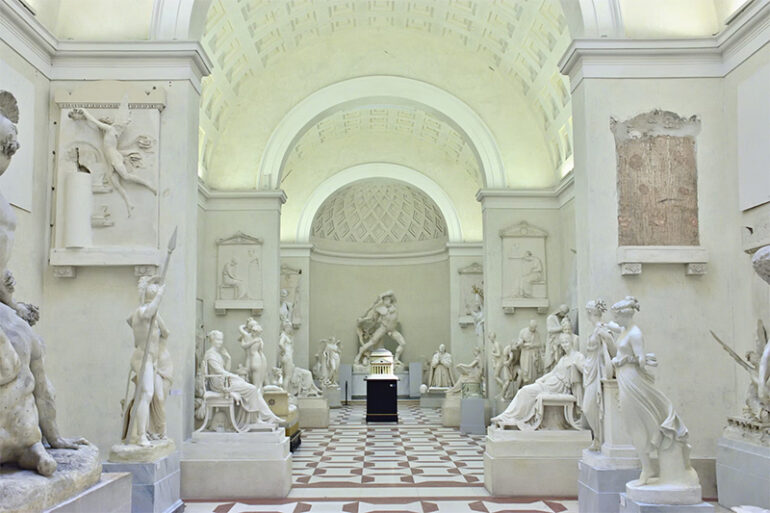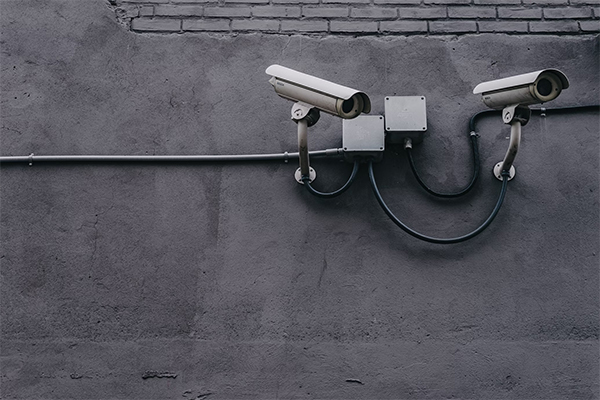Art theft has long fascinated the public, with audacious heists that have shocked the art world. From the infamous theft of the Mona Lisa to the mysterious disappearance of Vermeer’s “The Concert,” these daring acts have left experts and enthusiasts intrigued by the motivations behind such brazen crimes. However, recovering stolen masterpieces poses numerous challenges, including the lack of a centralized database and the intricate web of the illegal art trade. Despite these obstacles, modern solutions such as collaborative databases and advanced security measures offer hope in combating art theft and protecting valuable artworks.
Famous Art Heists Throughout History
Art theft has historically fascinated the public, with daring heists shocking the art world. The 1911 Louvre Museum robbery of Leonardo da Vinci’s Mona Lisa is one example. The world was appalled as the burglar left the museum with the painting beneath his coat. Two years after disappearing, the Mona Lisa was found after a global quest and media frenzy. This daring art robbery remains one of the most famous, leaving experts and fans wondering why.
Challenges in Art Recovery and Investigation
Law enforcement and art organizations face many problems in recovering stolen artworks. The lack of a centralized database for stolen artworks makes tracking and identifying them challenging. The worldwide art market and ease of sending stolen art across borders hinder recovery. Investigators struggle to dismantle art theft networks due of their secretive character and ability to exploit international law flaws. The illegal art trade’s complex network of buyers, sellers, and brokers makes it harder to find stolen art and punish the perpetrators.
Notorious Stolen Masterpieces that Remain Missing
The world of art theft is filled with captivating tales of stolen masterpieces that have yet to be recovered. One such notorious case involves the theft of Johannes Vermeer’s “The Concert,” a priceless painting that vanished without a trace from the Isabella Stewart Gardner Museum in 1990. Despite extensive investigations and hefty rewards, the artwork’s whereabouts remain a mystery. Another enigma revolves around Edvard Munch’s iconic painting, “The Scream,” which was stolen twice from the National Gallery in Oslo. Despite the recovery of the first stolen version, the second remains elusive, leaving art enthusiasts and investigators puzzled. These unsolved mysteries continue to haunt the art world, leaving us to wonder if these stolen masterpieces will ever resurface.
Modern Solutions and Efforts to Combat Art Theft
As the world fights art theft, innovative solutions and coordinated efforts have arisen. To trace and recover stolen art, collaborative databases like the Art Loss Register exist. Law enforcement, art institutions, and private collectors use these databases to detect and authenticate stolen art. Technology has also improved museum and gallery security. Modern surveillance, biometric identification, and digital imaging have greatly improved art theft protection and apprehension.
The world of art theft continues to captivate and intrigue, with famous heists and unsolved mysteries leaving a lasting impression on the art world. However, efforts to combat this criminal activity have not waned. Through collaborative databases and technological advancements, law enforcement agencies and art institutions are making strides in tracking stolen artworks and enhancing security measures. While challenges persist, the determination to protect and recover these priceless masterpieces remains unwavering. The battle against art theft is an ongoing endeavor, driven by a shared commitment to preserve our cultural heritage for future generations.
Photo Attribution:
1st & featured image by https://unsplash.com/photos/9KkPloRgOUY
2nd image by https://unsplash.com/photos/yekGLpc3vro

